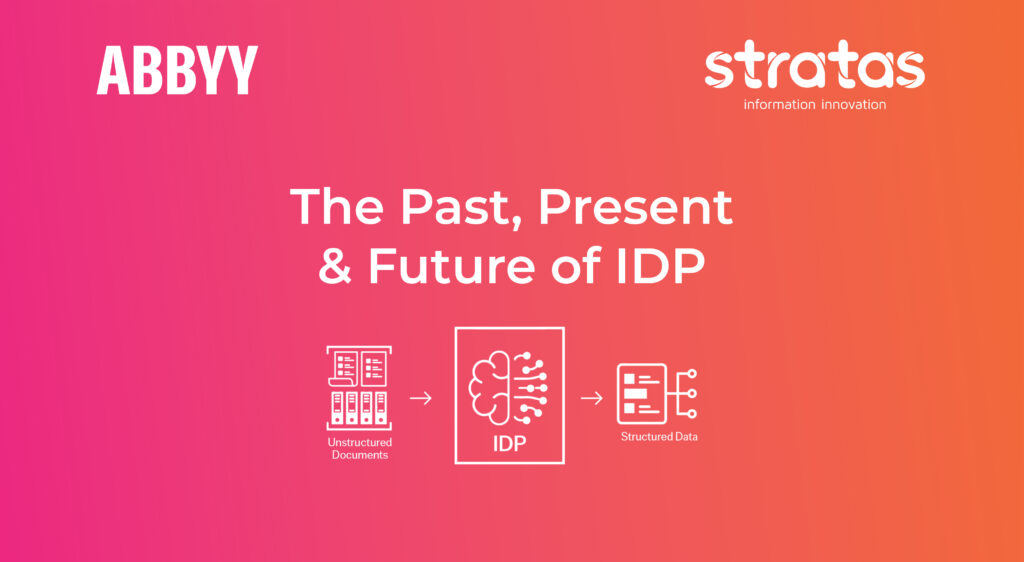Every organisation makes purchases from suppliers and processes purchase invoices.
It is important to have a clear picture of this expenditure, as it can help you to see where costs can be saved. By analysing this data frequently, you can determine where to improve processes and where risks can be avoided. We call this “Spend Management”
In this blog, we discuss the 6 most valuable outcomes that can be achieved with effective Spend Management.
1. Improve purchasing processes
With spend analysis, you can make responsible decisions about which processes need to be improved. On one hand, these can be improvements towards suppliers in terms of order compliance, timeliness, and accuracy of invoices. On the other hand, this can be visibility of the number of invoices to be processed per month. This could also factor in seasonal influences and capacity planning. With visibility into figures from past years, a picture appears for the coming period to which the purchasing processes can be adjusted.
2. Increase your purchasing on contracts
Contracts with suppliers: every organisation has them, but these contracts sometimes want to disappear in a desk drawer after they have been signed. The consequence? Certain products or services remain outside the scope of the contract and the intended savings are not achieved. And, perhaps more importantly, there is a risk of the legitimacy of purchases (see result 6).
By analysing spend, you can map out what percentage of purchases are made outside of contracts. This is otherwise known as “Maverick Spend”. When it becomes clear which purchases are made outside of contracts, and by which employees, this can be looked into immediately.
3. View and realise savings
Can we do more with less? A question that is asked within every organisation, including the purchasing department. By interpreting data that flows from a spend analysis, you can see which purchasing categories or contracts have clear savings opportunities that you previously did not know existed. For example, by saying goodbye to suppliers and bundling purchasing under one contract or negotiating better purchasing prices based on purchasing volumes from the past.
4. Better negotiating position with your (new) suppliers
In general, your suppliers have a better idea of what your organisation purchases from them than you do. As soon as a new contract has to be negotiated, an extensive spend analysis gives you a better negotiating position. You not only have data that provides insight into the spend for the relevant supplier but also for what amount your organisation has purchased competing suppliers. And this is data that your supplier does not have! This way you automatically have an advantage and you can negotiate better price agreements.
5. Avoid risks
When you have been working with a specific supplier for a number of years, you can unnoticeably pay more every year than was initially included in the contract. During the contract period, the annual turnover of a supplier can become too dependent on the purchasing done by your organisation.
Too high a spend at one specific supplier entails risks. Your organisation is at risk if the supplier decides to cancel the contract. If this supplier has delivered products for years that are crucial to the product or services that your organisation provides, this has a major impact on business operations.
Thanks to the spend analysis data, risks can be avoided. For example, you may decide to collaborate with multiple suppliers within a particular purchasing package to spread risks.
6. Grip on the legality of purchasing
Spend analysis is crucial for government agencies that are obliged to make legal purchases. This is because all expenses incurred outside of a contract are counted as illegal expenses. In most cases, the relevant government body must strive for the highest possible percentage of legitimate purchases. If your organisation purchases illegally, a company can start legal proceedings, with all the costs, effort, and negative image that entails.
Legality is a standard analysis within spend management software. The analysis provides insight into the percentage of purchases within and outside tendering contracts.



